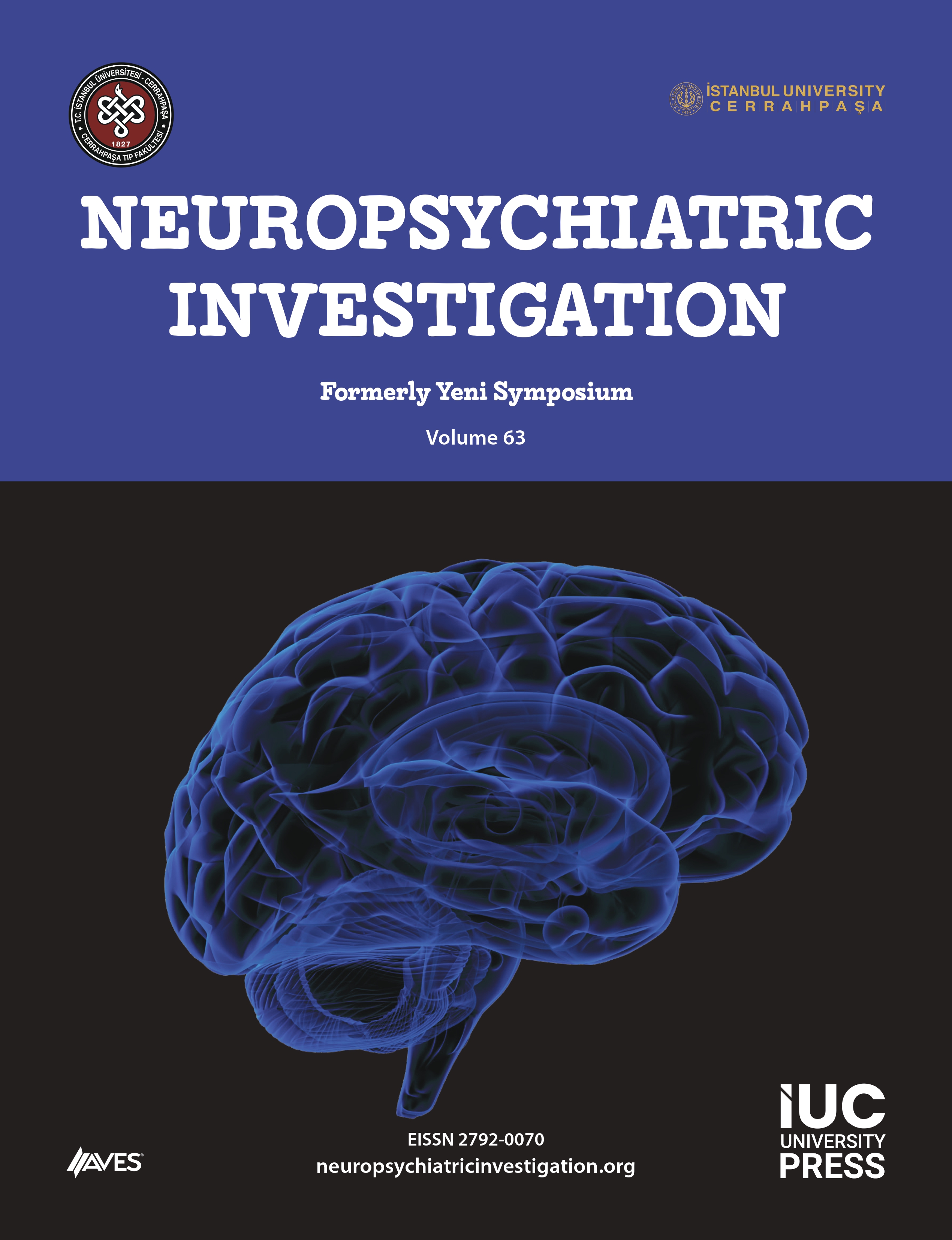Relationship between Decision Making and Fluid Intelligence in Young Adults: The Mediator Role of Set-Shifting, Planning, Problem Solving and Working Memory
Objective: In the literature, the studies investigating the relationship between fluid intelligence and decision-making have yielded contradictory results. The main aim of the study was to examine the mediating role of set-shifting, planning and problem solving and working memory in the association between fluid intelligence and decision making.
Method: Overall, 100 healthy participants (59 female and 41 male), took part in the study. The mean age of the participants was 20.42 years (SD = 1.37). Decision making, fluid intelligence, set-shifting, planning and problem solving and working memory were measured via the Iowa Gambling Test (IGT), Raven Standard Progressive Matrices Test (RSPM), Wisconsin Card Sorting Test (WCST), Tower of London Test (TOLDX), Wechsler Memory Scale-III Letter-Number Sequencing Subtest (LNS) respectively, all of which were administered individually.
Results: The data were analyzed via Structural Equation Model (SEM). The mediation model showed that set-shifting, planning and problem solving and working memory capacity have a mediator role in the association between fluid intelligence and decision-making.
Conclusion: This study is important to understand the sources of the relationship between decision-making and fluid intelligence. The results show that set-shifting, planning and problem solving and working memory increase with the increase of fluid intelligence, and it also supports increase in decision-making performance.




.png)